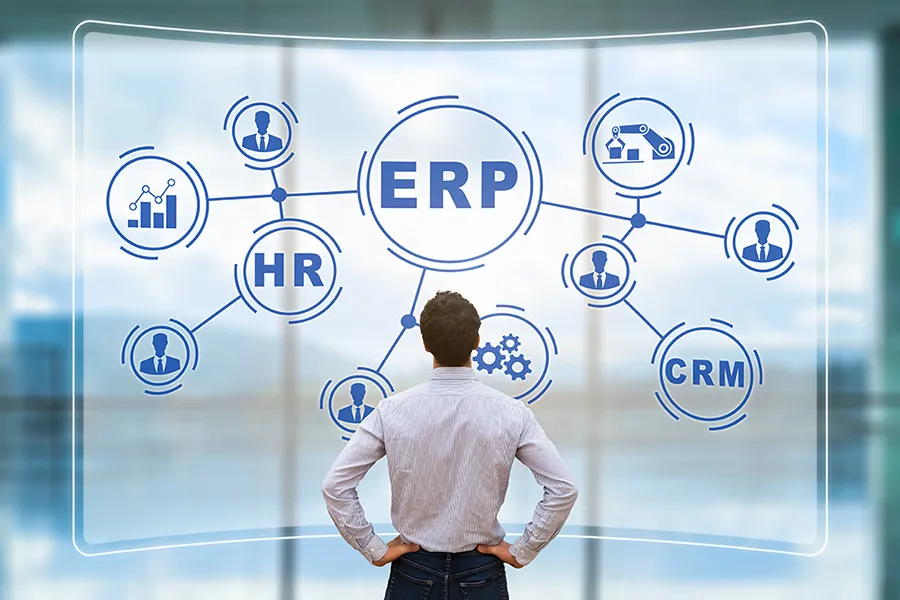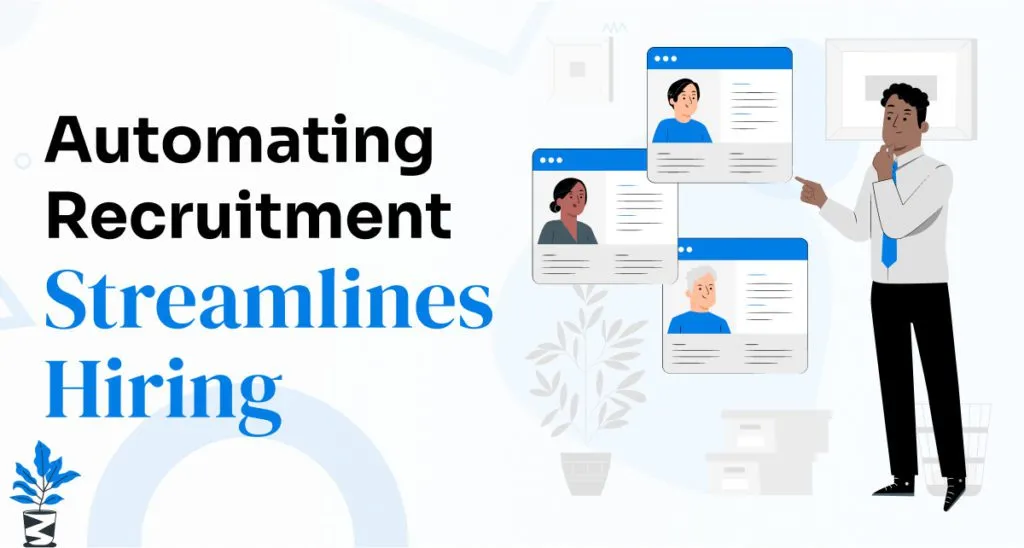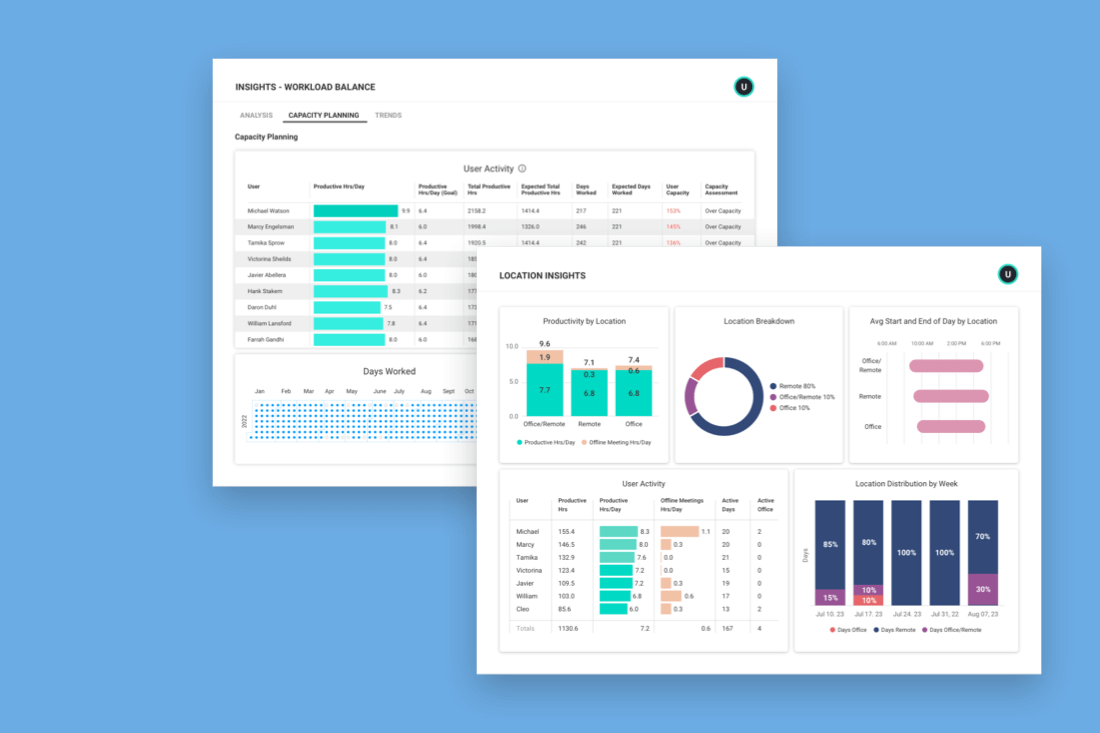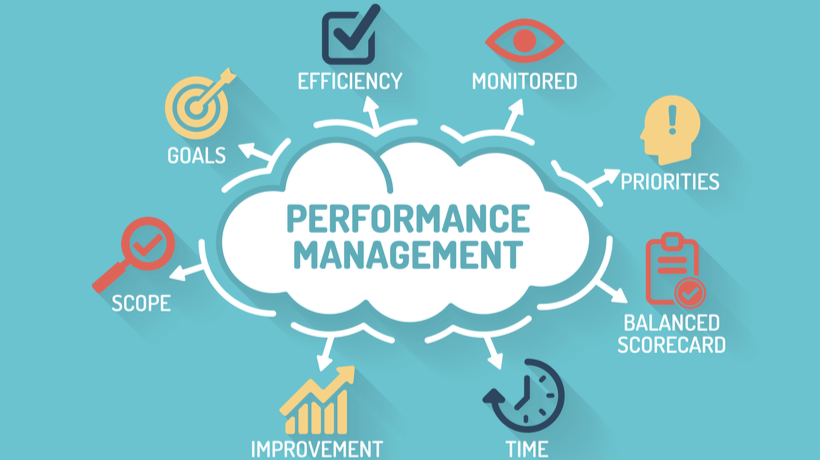Businesses across the UAE often look to Enterprise Resource Planning (ERP) tools for better organization, efficient workflows, and improved decision-making. The challenge lies in selecting the right software to fit your unique industry, team size, and budget. Below, we break down the must-know details about ERP software in the UAE and explore what real users think, all while highlighting potential pitfalls so you can make a more informed decision.
“A properly chosen ERP system can unite departments, eliminate guesswork, and boost a company’s resilience,” says Tamer Badr, the owner of Singleclic. “But the secret is finding a solution that aligns with your operational goals rather than complicating them.”
Understanding ERP in the UAE
ERP solutions bring all your major tasks—like accounting, inventory management, and HR—under a single software umbrella. In the UAE, where industries range from retail to energy, such tools can offer flexibility and alignment with local regulations. However, the market includes various options, so you’ll need to vet each carefully.
A useful resource that dives deeper into popular UAE vendors is this comprehensive guide by Singleclic. It provides a closer look at functionality, cost structures, and implementation timelines.
People Are Always Asking
- “Is a cloud-based ERP system necessary?”
- It depends on your setup. Cloud systems let you access data from anywhere, but on-premise solutions may offer tighter control over sensitive data.
- “Will staff need extensive training?”
- Possibly. Some ERP tools come with user-friendly interfaces. Others require weeks of orientation, especially if they include advanced modules.
- “How can I find a reliable vendor?”
- Look for a proven track record, solid references, and clear communication about support or upgrade fees.
- “What if our team grows or shrinks?”
- Select an ERP system that’s scalable. Check if the vendor charges for additional users or modules.
- “Which one fits smaller businesses?”
- Certain vendors offer basic plans for small teams, allowing you to upgrade as you expand.
These questions reflect everyday concerns, especially when budgets and timelines are tight.
Key Features to Look For
- Localization
- Make sure your ERP vendor offers Arabic language support and understands local accounting standards.
- Modular Structure
- Pick modules relevant to your sector—finance, HR, supply chain—so you only pay for what you need.
- Integration Capabilities
- Check if the software can connect with existing tools, such as CRM platforms or e-commerce sites.
- Reporting and Analytics
- Real-time dashboards allow leadership to spot issues quickly and base decisions on solid data.
- User Support
- Does the vendor offer round-the-clock assistance? Are service packages extra, or included in your plan?
Potential Drawbacks of Different ERP Solutions
- High Initial Costs: Some vendors demand large setup fees or mandatory training. Overlook this, and you risk budget overruns.
- Complex Configurations: ERP software can be tough to customize if you have unique processes or older systems.
- Slow Onboarding: Transitioning data from spreadsheets or legacy tools might require specialized help, costing time and money.
- Rigid Pricing Models: A vendor’s pricing may jump once you exceed a certain user count or require a new feature.
- Vendor Lock-In: Limited customization or data export options can make it difficult to switch solutions later.
Tamer Badr stresses, “People often underestimate the importance of vendor flexibility. A rigid system can corner you into costly customizations if your strategy changes.”
Reviews from UAE Businesses
Amira, Operations Manager in Retail
“Our initial fear was the training schedule—would staff resist? We ended up with a solution that had lots of video tutorials. Adoption was smoother than expected.”
Zahir, CFO at a Manufacturing Firm
“We realized too late that our chosen vendor charged extra for advanced reports. Advice: read every clause in your contract and ask about all future needs.”
Sara, HR Lead in Healthcare
“We wanted something to integrate with our payroll system. It was a slow start, but once everything synced up, we saw faster approval times and fewer data errors.”
Recommended Implementation Steps
- Identify Exact Requirements
- Talk to department heads and list their main pain points.
- Decide which modules are truly necessary from day one.
- Seek Demos
- Request live or recorded demos to see the interface in action.
- Ask questions about data migration and integration with existing apps.
- Evaluate User Experience
- Involve the staff who will use the system most.
- Their input on design and functionality can prevent adoption hurdles.
- Check Support and Upgrades
- Ask about service-level agreements and how often updates roll out.
- Does the vendor handle upgrades seamlessly or will you face downtime?
- Negotiate Smartly
- Understand the total cost of ownership—licensing, support, potential custom work.
- You may have room to negotiate user limits or training hours.
Frequently Asked Questions
- Is ERP suitable for smaller organizations?
- Yes, many UAE-based vendors scale their solutions for smaller teams, offering essential features without the hefty price.
- Do cloud-based ERPs pose security risks?
- Cloud security can be robust if you choose a reputable provider. Always confirm data handling protocols.
- How long does it take to see improvements?
- Some companies notice gains in weeks. More complex rollouts may need a few months to stabilize.
- Will I lose data during migration?
- Proper backups and vendor support minimize risks. Plan carefully to avoid any mishaps.
- Can I switch vendors easily if I’m not satisfied?
- It depends on your contract and data export options. Some vendors make switching simpler than others.
To explore a more detailed ERP comparison, visit the comprehensive guide provided by Singleclic.
Conclusion
ERP Software UAE Reviews: Which One Should You Choose? The right ERP solution often depends on your sector, team size, and how fast you plan to grow. Features like local language support, real-time dashboards, and cost-effective modules can significantly impact day-to-day efficiency and long-term success.
“Don’t just chase the biggest name,” recommends Tamer Badr. “Focus on a vendor’s track record with businesses like yours. That way, you end up with an ERP that solves problems instead of creating new ones.”
Regardless of the provider you pick, thorough planning and staff engagement usually lead to smoother implementation. By listing your core requirements, testing demos, and keeping an eye on vendor flexibility, you can sidestep hidden fees and ensure that your ERP platform becomes a valuable ally rather than an expensive obstacle.









